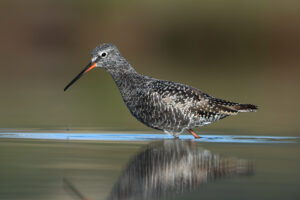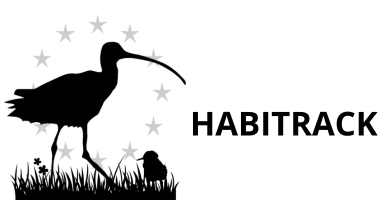Zwarte Ruiter
De Europese populatie wordt geschat op 20.000-45.000 paren, die voornamelijk overwinteren aan de Middellandse Zeekust en in de Sahelzone (Delany et al. 2009). In hogere breedtegraden broedt de soort in toendra- of open moerasgebieden binnen de taiga. De zuidelijkste individuen broeden in agrarische mozaïeken (Keller et al., 2020). Hoewel de broedpopulaties van de soort in de drie Fennoscandinavische landen klein blijven, zijn er aanwijzingen voor negatieve dynamieken van de soort op korte tot lange termijn (Lindström et al. 2015). Overmatige drainage van veengebieden in Finland zou een van de redenen voor de afname van de soort kunnen zijn (Fraixedas et al. 2017). Voor zover wij weten is de soort een van de minst onderzochte Europese steltlopers, en er zijn tot nu toe geen zenderstudies uitgevoerd.

Spotted Redshank (Tringa erythropus) taken the 14/04/2024 at Hyeres - France
Loading
